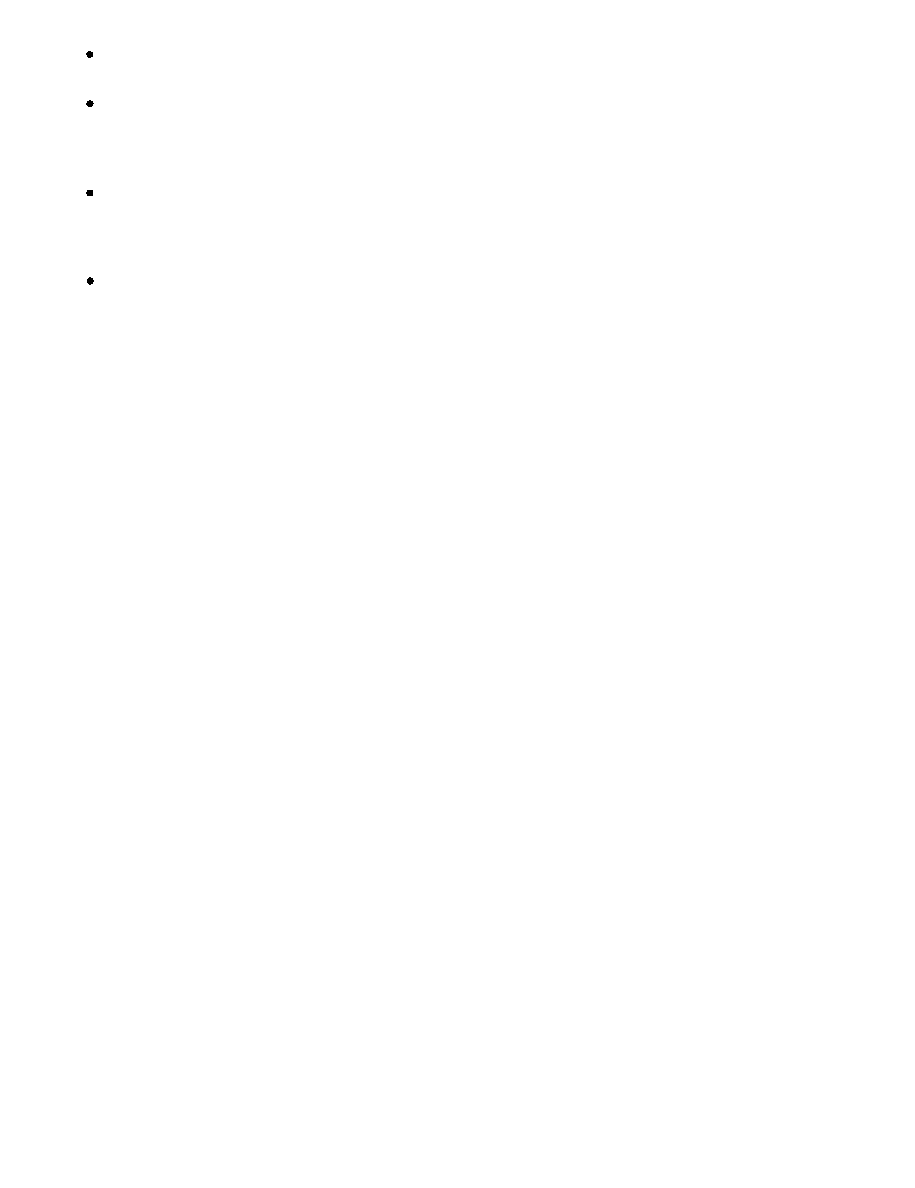
DOFMaster
for Windows
On-line
Depth of Field
Calculator
DOFMaster for Mobile Devices
On-line
Depth of Field
Table
Hyperfocal
Distance Chart
Articles
FAQ
Recommended
Books
Support
Contact
Links
Home
for Windows
On-line
Depth of Field
Calculator
DOFMaster for Mobile Devices
On-line
Depth of Field
Table
Hyperfocal
Distance Chart
Articles
FAQ
Recommended
Books
Support
Contact
Links
Home
As an Amazon Associate I earn from qualifying purchases.
![]()
of expression
typographic ornamentation, lettering, or
coloring; mere listings of ingredients or contents
concepts, principles, discoveries, or devices, as
distinguished from a description, explanation, or
illustration
common property and containing no original
authorship; for example: standard calendars,
height and weight charts, tape measures and
rules, and lists or tables taken from public
documents or other common sources
upon Creation
registration or other action in the Copyright Office is
required to secure a copyright under the law. Copyright
is secured automatically when the work is created, and
a work is "created" when it is fixed in a copy or imaging
recording for the first time. In general, "copies" are
material objects from which a work can be read or
visually perceived either directly or with the aid of a
machine or device, such as books, manuscripts, sheet
music, film, videotape, or microfilm. Phonograph
records are material objects embodying fixations of
sounds (excluding, by statutory definition, motion
phonograph disks. Thus, for example, a song (the
"work") can be fixed in sheet music (copies) or in audio
recordings, or both.
on all publicly distributed copies. This notice is required
even on works published outside of the United States.
Omission or errors will not necessarily result in
forfeiture of the copyright. Therefore, just because a
copyrightable material does not have a copyright notice
does not mean it is not copyrighted. However, infringers
misled by the omission or error of copyright notice will
be shielded from liability.
by when it was created.
after January 1, 1978, is automatically protected from
the moment of its creation. It is ordinarily given a term
enduring for the author's life, plus an additional 50 years
after the author's death. In the case of a joint work
prepared by two or more authors that did not work for
hire, the term lasts for 50 years after the last surviving
author's death. For works made for hire and for
anonymous and pseudonymous (fictitious name) works
(unless the author's identity is revealed in Copyright
Office records), the duration of copyright is 75 years
from publication or 100 years from creation, whichever
is shorter.
copyright before January 1, 1978, have been
automatically brought under the statute and are now
provided federal copyright protection. The duration of
copyright for these works is generally computed in the
same way as for new works: the life plus 50 and the 75
or 100 year terms apply to them as well. However, all
works in this category are guaranteed at least 25 years
of statutory protection.
published or on the date of registration if the work was
registered in unpublished form. In either case, the
copyright endured for a first term of 28 years from the
date it was secured. During the last (28th) year of the
first term, the copyright was eligible for renewal. The
new copyright law has extended the renewal term from
28 to 47 years for copyrights that were still in existence
on January 1, 1978.
writings throughout the entire world. Protection against
unauthorized use in a particular country depends,
basically, on the national laws of that country. However,
most countries do offer protection to foreign works
under certain conditions, and these conditions have been
greatly simplified by international copyright treaties and
conventions.
Basic Photography Course

As an Amazon Associate I earn from qualifying purchases.
WWW.DOFMASTER.COM
© 2006 Don Fleming. All rights reserved.
© 2006 Don Fleming. All rights reserved.